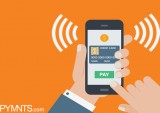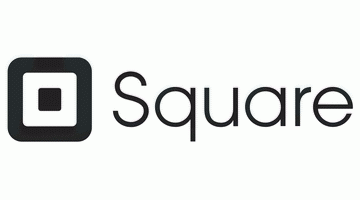Updated on November 22, 2021
Visa Digital Chief Predicts A Cashless And Cardless Society In The Future
By all means, Visa Inc. seems to be working very well.
The San Francisco financial giant did far better than Mastercard who is their main competitor, in all aspect ranging from payment volume to total transactions and issuing of cards. Last year, Visa realized about $15.1 billion in revenue which is an outstanding 9 percent increment from 2015.
Although Visa card has become presents everywhere, the company is however, preparing for the future without them.
Visas have been thinking about “cashless future” but in reality, it sounds more like a cardless future.

But with the widespread of smartphones in the United States, with time, we won’t need to take plastic cards along with us because all payment will be done from one mobile device to the other.
That has already started happening with the gig economy. A big thanks to companies like Lyft, and Uber. They make it easy for people to pay for rides and also tip drivers by only tapping a button on their smartphones. No cards. No cash.
I had a discussion recently with Sam Shrauger, who happens to be the head of digital product at Visa, about the company’s new technology which is centered in San Francisco’s Financial District. Before he joined Visa, he worked for a short while at Yahoo and for about eight years at PayPal. This is the conversation with him and has been edited for charity and length.
Question: So give me a little context here. How did we evolve to a point that we will no longer need cash?
Answer: When we started initially around 1958, the technology then will run a card through and then send in paper drafts. Later in 1970s when landline connectivity became relatively inexpensive, we moved on to digital cash: You present a card in a store, send some data over to us as a payment network and then we will approve from the bank that you can go ahead with the transaction.
Since then, cards have become more and more prevalent, be it debit cards or credit cards, people no longer walk around with cash. You add on that the kind of pervasive growth in all of the connected devices such as computers, mobile devices as well as tablets. Nowadays, refrigerators and cars that have internet connections are points where you could start a transaction.
Question: Can cashless mean cardless as well? It sounds like you don’t even need to take out your card.
Answer: There is a great certainty towards more and more card free forms of payment. Also if you observe the growth rate of e-commerce, it’s all card based but without the use of real cards, and it’s also growing at a faster pace than the rate at which people are swiping or dipping a card.
I don’t know the time horizon for cardless future, but you will definitely be in a position where you won’t need a physical element to carry around with you when you want to provide the right information for payment. The information is stored on a wearable device or mobile phone, or the combination of those things. It will definitely take time because people are already used to card. However, it will still change dramatically.
Uber operate a cashless transaction because the driver can be paid without using a card.
Question: Did the emergence of the gig economy lead to this idea of a cashless society, or was Visa already thinking about this anyway?
Answer: In the long run, a lot of efficiency would be gained by electronifying payments, and that’s exactly what we do. The new category of transaction has been catalyzed by gig economy, you know, 10 years ago, no one thought this can happen but it is now.
Question: Would it surprise you to learn that the amount of cash in circulation is actually growing?
Answer: There are different behaviors around cash depending on the geography. In the United State, the amount of cash in circulation and cash as a percentage of gross domestic products has grown up. But in other countries, the opposite happened. If you look at some of Nordic countries, they have reduced cash in the economy to about 2.5 or 3 percent.
The government has taken a proactive approach towards a cashless society. Some other countries have taken a look at India and said, “There is need for us to start thinking about our future.” They wanted to migrate away from cash. However, cashless generate efficiency for both the economy and the merchants, and also provide ease and simplicity for the consumers.

